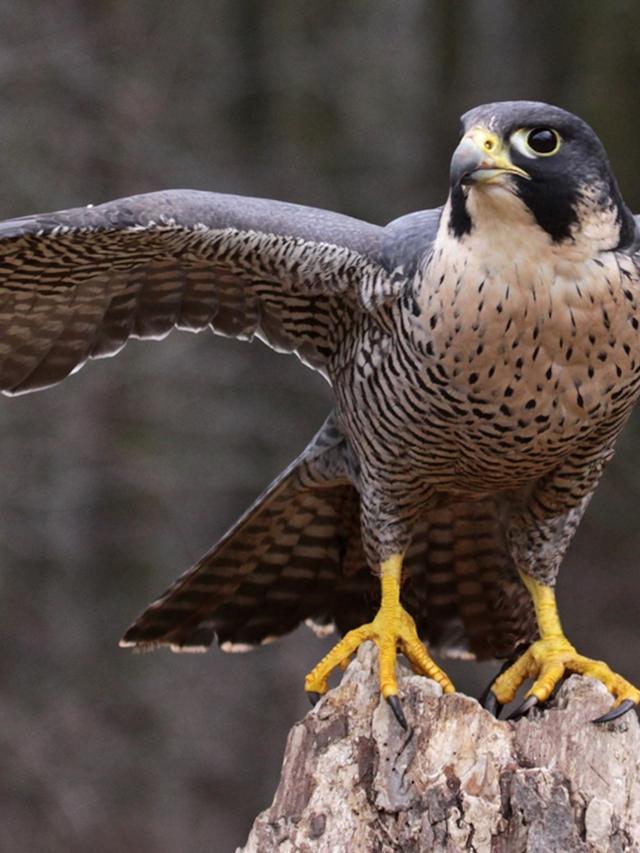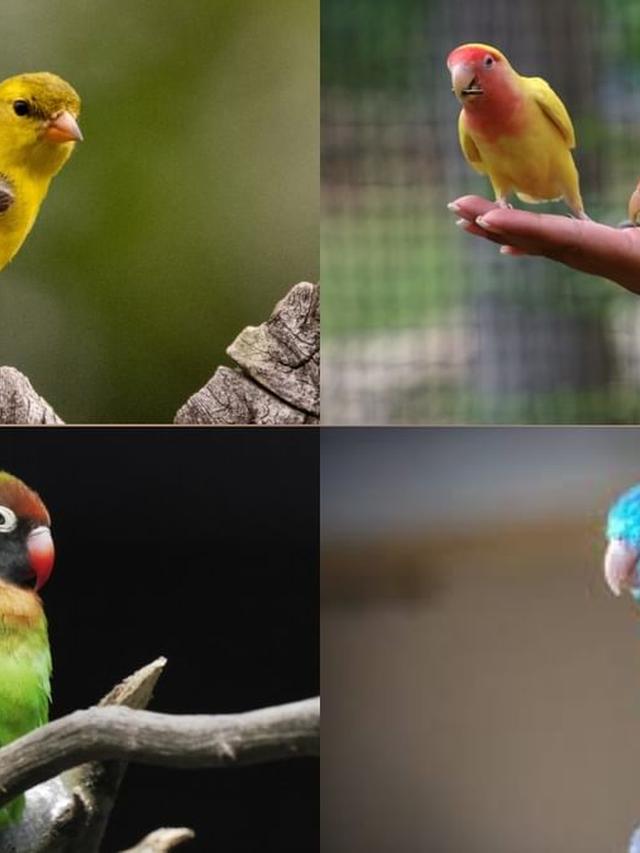The Komodo dragon, a magnificent reptile known for its immense size and predatory prowess, stands as an iconic symbol of the biodiversity of Indonesia.
Found primarily on a few islands in the Indonesian archipelago, these ancient creatures have captivated scientists and nature enthusiasts alike for decades.
However, their existence is increasingly threatened by human activities and environmental changes.
In this article, we explore the current status of the Komodo dragon population, the challenges they face, and the conservation efforts aimed at securing their future.
Natural History and Habitat

The Komodo dragon (Varanus komodoensis) is the largest living lizard species on Earth, capable of reaching lengths of up to three meters (around ten feet) and weighing as much as 70 kilograms (about 150 pounds).
Endemic to the islands of Komodo, Rinca, Flores, Gili Motang, and Padar in Indonesia, these creatures inhabit a range of dry savannas, tropical forests, and coastal regions.
Their unique ability to adapt to various environments has allowed them to survive in these harsh, often arid landscapes.
Threats to Survival

Despite their resilience, Komodo dragons face numerous threats that jeopardize their survival.
Habitat loss due to human activities such as logging, agriculture, and development has significantly reduced their available living space.
Encroachment by human settlements has further fragmented their habitats, limiting their ability to roam and find suitable prey.
Climate change presents another significant challenge.
Rising temperatures and altered precipitation patterns affect the fragile ecosystems these dragons rely on.
Shifts in weather patterns can disrupt nesting sites and prey availability, ultimately impacting the dragons’ ability to reproduce and thrive.
Conservation Efforts

Recognizing the critical need to protect the Komodo dragon, conservation efforts have intensified in recent years.
Several key initiatives are aimed at safeguarding both the dragons and their habitats:
Protected Areas: Establishing and expanding protected areas, such as Komodo National Park, has been crucial in preserving the dragons’ natural habitats.
These areas provide a safe haven where dragons can live and breed without direct human interference.
Research and Monitoring: Scientists conduct ongoing research to better understand Komodo dragon behavior, ecology, and genetics.
Monitoring programs track population trends, health indicators, and environmental changes to inform conservation strategies effectively.
Community Engagement: Involving local communities in conservation efforts is essential for long-term success.
Collaborative initiatives promote sustainable practices that reduce human impact on dragon habitats while providing economic opportunities through eco-tourism and alternative livelihoods.
Education and Awareness: Educating the public, both locally and globally, about the importance of preserving the Komodo dragon and its habitat fosters a culture of conservation.
Awareness campaigns highlight the unique biodiversity of Indonesia and the role each individual can play in protecting it.
Future Challenges and Opportunities
Looking ahead, the future of Komodo dragon conservation faces both challenges and opportunities.
Continued habitat preservation and restoration efforts will be essential in mitigating the impacts of climate change and human activities.
Implementing sustainable development practices and fostering international cooperation are crucial for ensuring the long-term survival of these iconic reptiles.
Technological advancements, such as satellite tracking and genetic research, offer new tools for monitoring populations and understanding their ecological needs.
By harnessing these innovations, scientists can develop targeted conservation strategies that maximize effectiveness and minimize disruption to local communities.
In conclusion, the Komodo dragon represents not only a marvel of natural evolution but also a poignant reminder of the fragility of our planet’s biodiversity.
Through concerted conservation efforts, we can secure a future where these majestic creatures continue to roam the wilds of Indonesia, enriching our world with their presence for generations to come.
This article highlights the importance of protecting the Komodo dragon and outlines strategies for ensuring their survival amidst growing environmental challenges.






